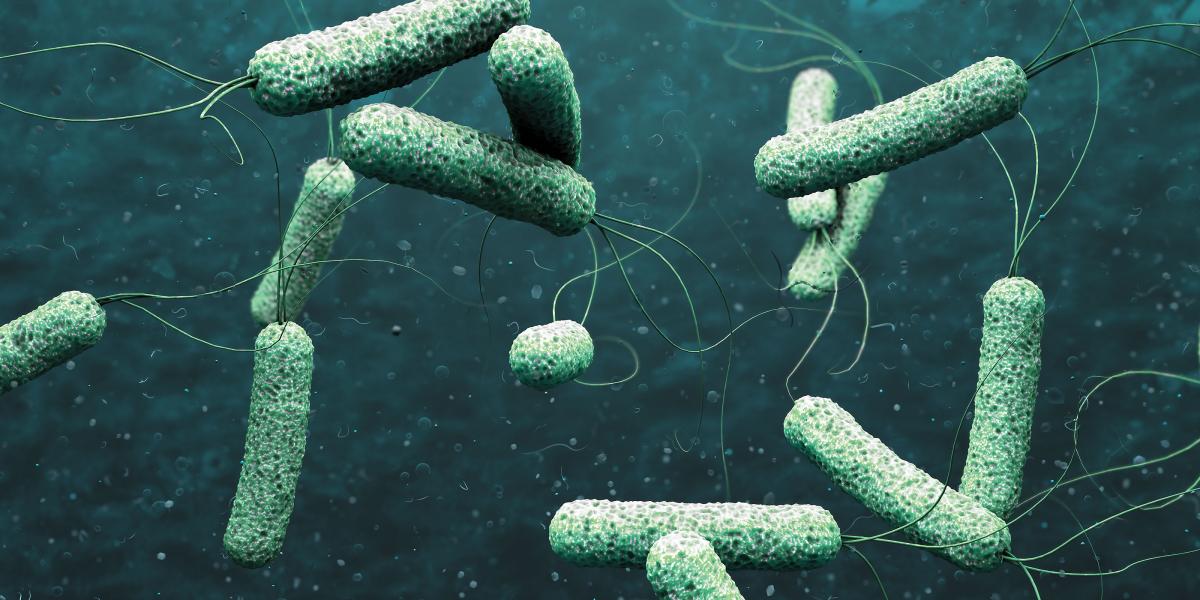Machine-Learning May Help Prevent Cholera Deaths
Antibodies and algorithms help track outbreaks and identify hot spots.
When patients in countries affected by cholera present with severe diarrhea, doctors often begin treatment with rehydration solutions and antibiotics immediately, without a lab-confirmed diagnosis. Cholera kills quickly, so this approach saves lives. But without confirmed diagnoses, public health experts can’t identify outbreaks as they’re happening or target efforts to prevent new cases.
Andrew Azman and his team have found a potential solution: tracking cholera by revealing its immunological footprints.
Because many pathogens cause cholera-like symptoms, laboratory testing is required to definitively diagnose infection with Vibrio cholerae, the bacterium that causes cholera. “That's really expensive and challenging to do at a national or global scale,” says Azman, PhD ’14, MHS ’14, MS, an assistant scientist in Epidemiology. “So it’s pretty hard to count cases and really get a sense for the signal versus the noise.” Such epidemiological insights are essential to cholera control, as they can guide the deployment of medical care and prevention efforts.
Azman’s team devised a strategy to reveal where cholera has recently broken out. Patients who fend off infection retain antibodies against V. cholerae, so the team analyzed serum from both formally diagnosed patients and their uninfected family members in Dhaka, Bangladesh, to identify potential indicators of exposure.
Using a machine-learning algorithm, the team homed in on six antibody markers that identify those who have been infected with greater than 90% accuracy, even when applied to a separate cohort of North American volunteers exposed to cholera for a vaccine trial. Azman is now employing this approach to map cholera incidence in Bangladesh.
Azman believes the ability to flag transmission hot spots could facilitate the WHO’s goal of reducing deaths from cholera—which claims 100,000 lives annually—by 90% by 2030. “The first step is finding where we have cholera and how much, and then identifying those areas or populations that need interventions,” he says.
